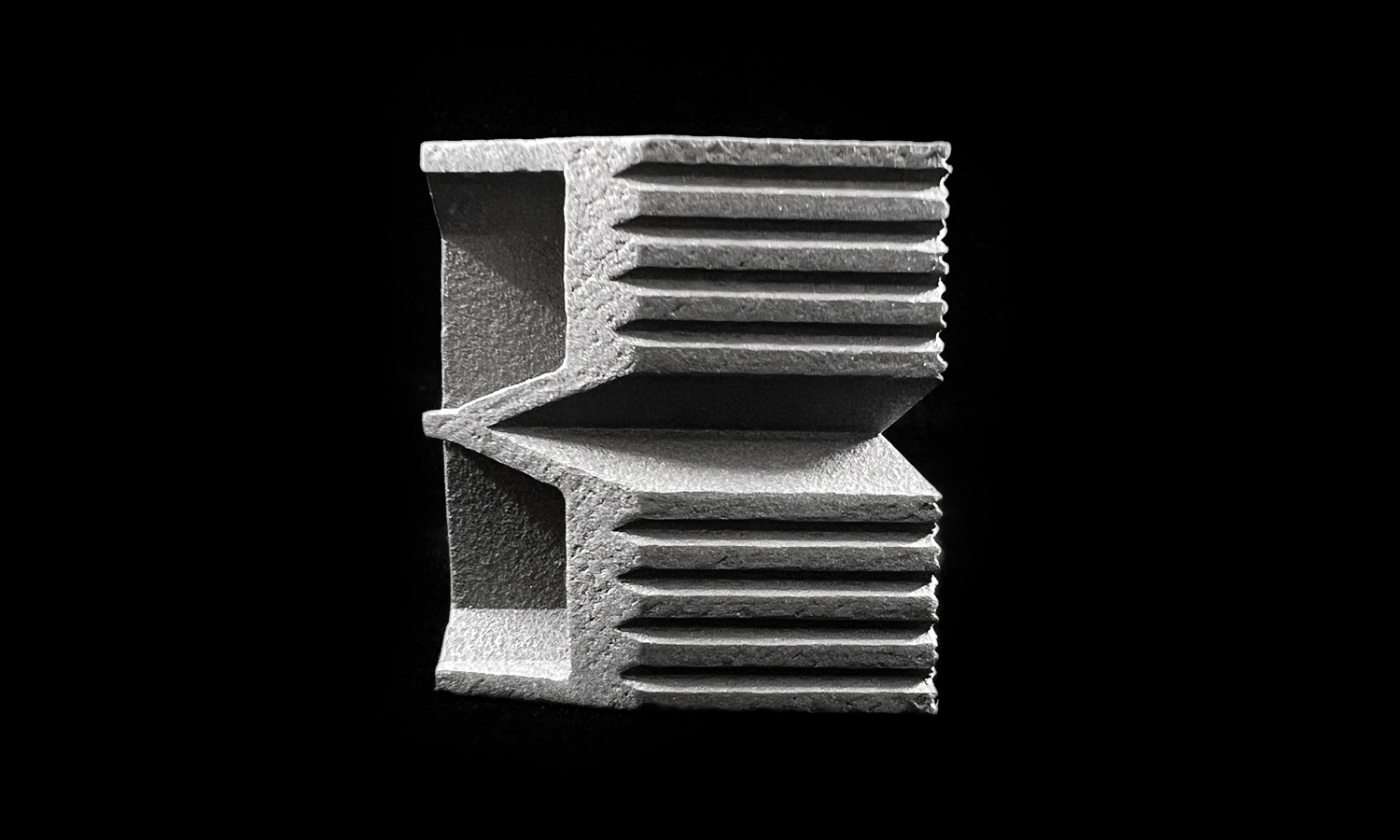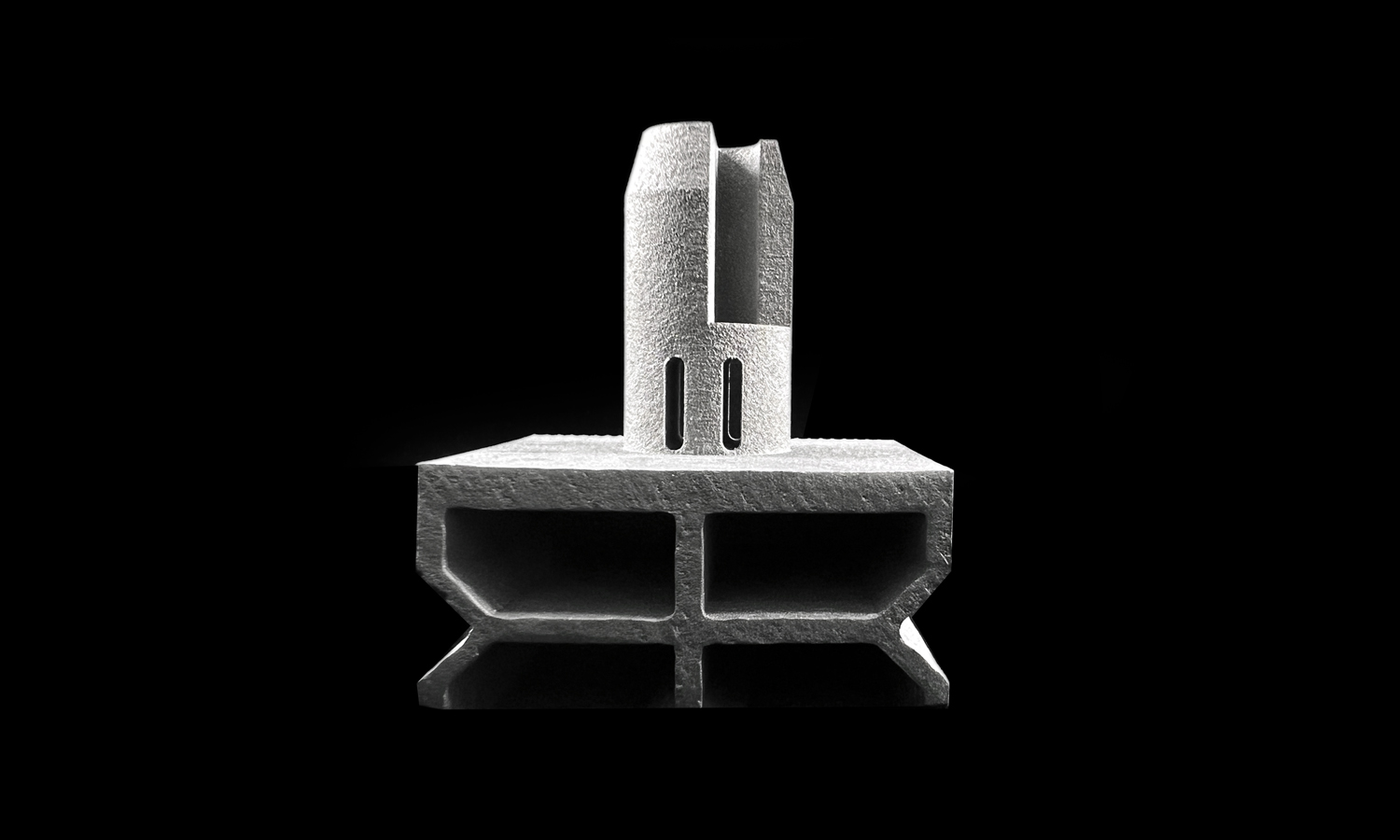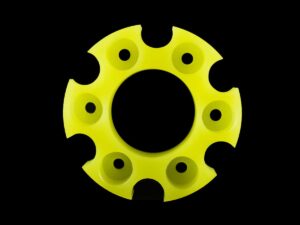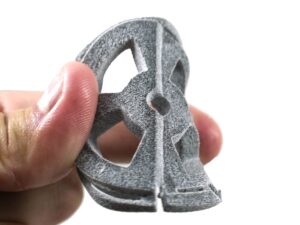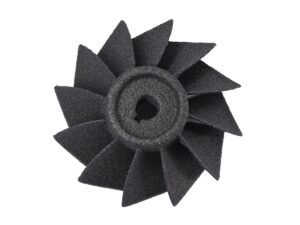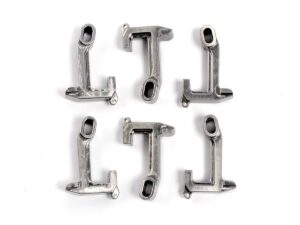- LCD 3D Printed Lifelike Grey Resin Bear Models
- Rose Gold Angel of Death Necklace Pendant Cast from 3D Printed Pattern
Gallery
About Project
Are you looking for a unique and innovative way to showcase your design skills and creativity? Do you want to create a product that is durable, lightweight, and customizable? If so, you might be interested in our DMLS 3D-printed titanium sample.
This product is a 3D-printed titanium object that has a complex geometric shape with a rectangular base and a cross-like structure on top. It has a rough, metallic texture and a shiny appearance. It also has a metal clip or fastener with a cross shape on one side.
This product was created using Direct Metal Laser Sintering (DMLS), a 3D printing technology that uses a laser to sinter titanium powder into solid metal parts. DMLS is ideal for metal parts with very complex geometries or customizable features. DMLS also offers high dimensional accuracy, mechanical strength, and corrosion resistance.
We used FacFox’s metal 3D printing services to produce this product. FacFox is a leading online 3D printing service provider that offers comprehensive and high-quality metal and aluminum printing services. FacFox has over 50 different industrial-grade materials, including plastic, rubber, and metal.
FacFox also has a fast and easy online platform that allows you to upload your model, get instant quote and printability check, and order your parts. FacFox has a rapid turnaround time and a flexible shipping solution to deliver your parts worldwide.
Solution
- Step 1: The CAD file of the object was sliced into numerous layers, creating 2D cross-section images of the part.
- Step 2: The file was supplied to the printer and the manufacturing began.
- Step 3: The desired titanium powder was loaded into the printer’s hopper.
- Step 4: A thin layer of powder was dispensed onto the build platform, where a laser selectively sintered the powder into a thin solid cross-section of the part, fusing it to the previous layer.
- Step 5: The build platform was lowered one layer of thickness, and the coating mechanism distributed another layer of powder over the build platform.
- Step 6: The process of lowering the build platform, dispensing the powder, and sintering the powder was repeated until the part was completed.
- Step 7: The surrounding loose metal powder was removed from the build chamber and reused.
- Step 8: The scaled-down sample did not go through post-processing so it had a rough surface.


